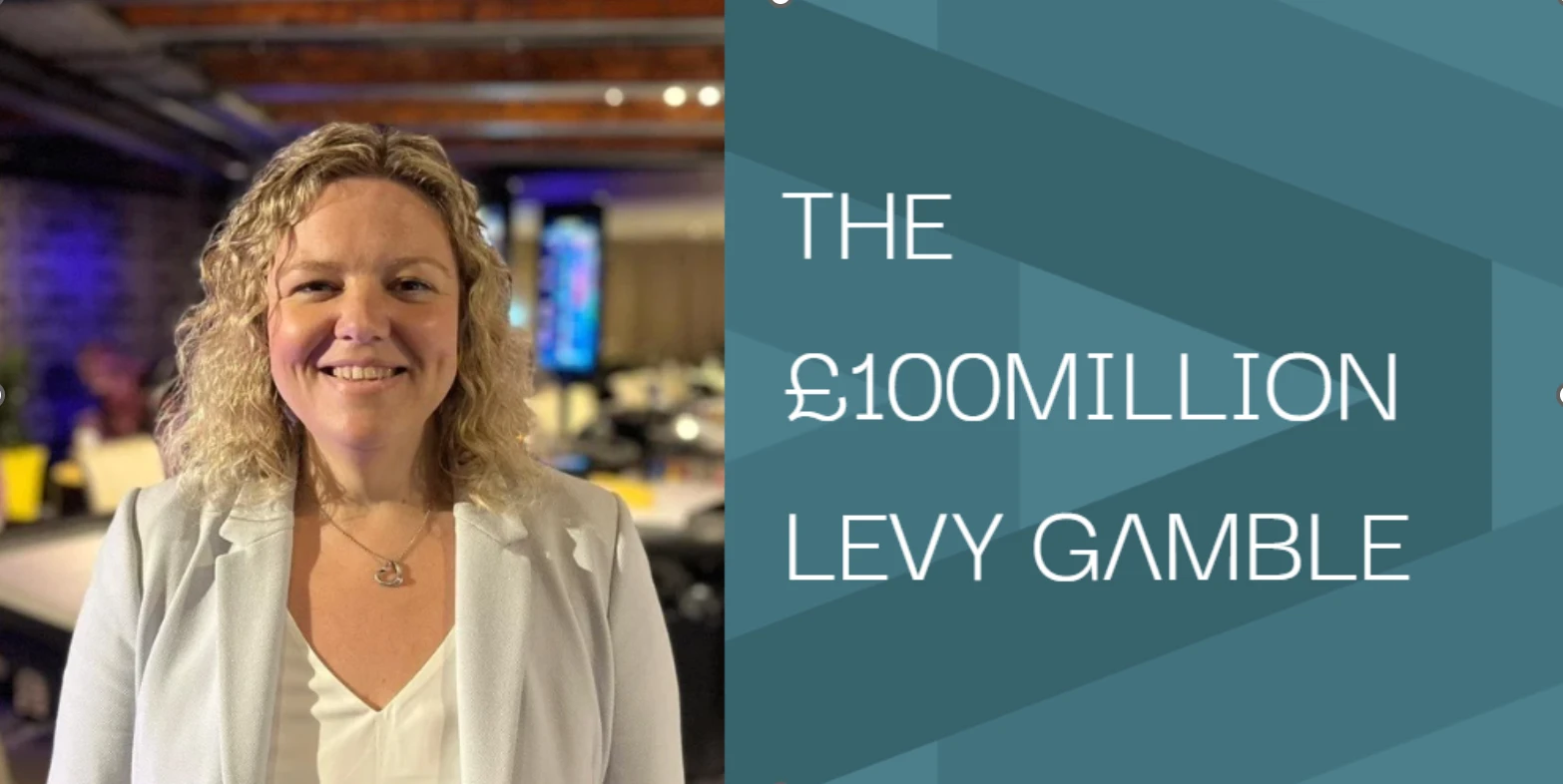A £100m gamble: The statutory levy needs a robust governance framework

The sector is now contributing to the UK government’s statutory levy fund. But, how would you feel if a cost to your business or a tax that you were paying was suddenly increased by 66%? At the very least you would expect some justification of the rise, as well as a clear plan as to how the money would be spent, right?
These are two questions that so far have not been answered, despite the transition to a statutory levy for gambling harm already coming into place on the 6 April 2025. Given the huge influx of funds that have been decided to be thrown at each of the arms – 50% for gambling harms treatment, 30% for prevention and 20% for research – it is imperative that public and professional confidence in the levy is not lost before the scheme has even begun.
This can only be achieved by publishing a robust set of guidelines to which the government, the levy board, the commissioners and its recipients must adhere to.
When I founded Better Change in 2021, it was due to a frustration that good projects relating to safer gambling within the gambling industry would never see the light of day. This was due to other budget commitments or a lack of business benefit.
How was the previous voluntary fund spent?
At the same time I was seeing the organisations I worked for signing off huge sums of money as part of their voluntary commitment. Under the rules of the voluntary (RET) scheme, gambling operators were not allowed to influence how this money was spent and therefore the use of these funds was decided by organisations approved by the Gambling Commission to receive RET donations.
This was overseen in some cases by GambleAware, who used RET funding to commission services and the Gambling Commission, who had issued guidance to operators and providers of services as to how RET funding should be used.
The majority of RET funding went to good use creating new treatment services, specialist support for under-represented groups such as women, the military and ethnic minorities as well as awareness campaigns, helplines and peer support services.
Unfortunately RET funding, as well as funds generated through regulatory settlements, was also used to fund lobbying groups and anti-gambling campaigners. In recent years it has also been used to plug financial holes due to the financial mismanagement of some charities.
This was against the Gambling Commission’s guidance and their failure to enforce their own rules was extremely frustrating for us at Better Change where we just wanted to get on with the job we set out to do which was to effectively prevent gambling harm.
Ensuring a fair and transparent distribution
Sadly there is a real threat of history repeating itself as we move to the statutory levy scheme. In a recent parliamentary select committee, public health bodies and researchers continued to discredit the efforts of those on the RET scheme branding them as “industry players”.
This has to stop. With this sort of behaviour and the fact that as treatment commissioners the NHS will be funding their own services, how can we be assured of a fair and transparent process? For many charities, support services, researchers and education providers the RET scheme was the only way in which they could be funded to carry out their work.
Previous involvement in the RET scheme should not count against organisations seeking to access the levy. There needs to be a process to ensure that decisions are made without bias or prejudice – a level playing field. Without this we run the risk of not only misusing public funds but losing the experience and progress made through decades of work to prevent harm.
‘Little sympathy’ for sector contributing to statutory levy
Gambling harm affects a small minority of players but it is a huge issue for the individual and therefore should be taken very seriously. Recent statistics from the Gambling Commission and from a 2018 public health England report show that problem gambling affects around 0.4% of the population.
This has been as low as 0.2%, but over the course of several years it has trended downwards from 0.7%. New statistics from the Gambling Commission through their Gambling Survey for Great Britain show that rates of harm may be higher as a percentage of the population than we once thought, but there is no evidence to suggest that year on year gambling harm is on the rise.
This is supported at the sharp end by treatment data from GambleAware that shows a 25% drop in referrals compared to 2019. There will probably be little sympathy for the gambling industry that they have to pay this enormous amount of money into the levy, but we must remember this is public money and we have a duty to ensure that it is well spent.
It is deeply concerning that we are about to throw over £100 million at something without robust governance or even a justification of why so much money is required.
